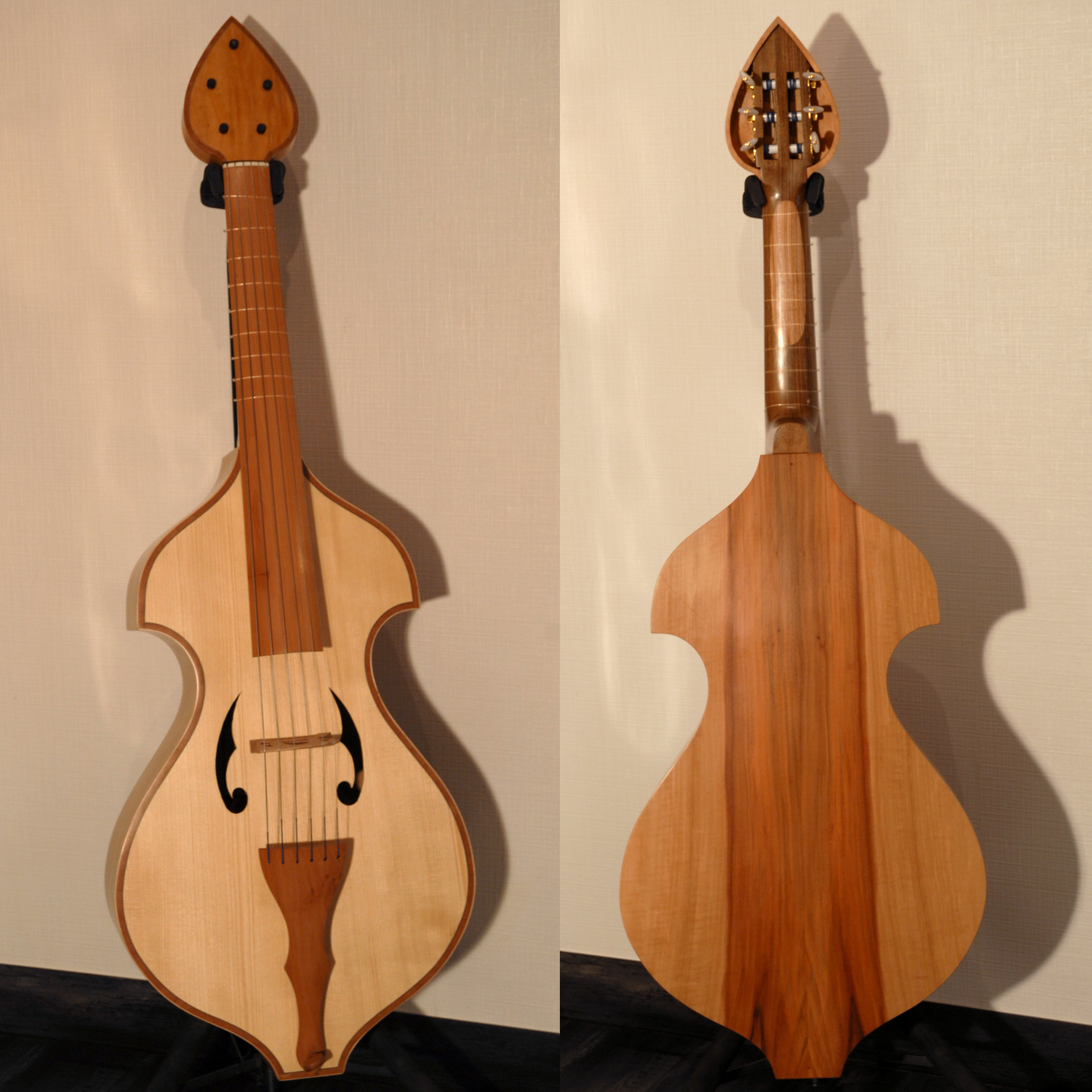
Viole de gambe Atelier de lutherie Philippe Berne
About the Viol - Invention | Viola da Gamba Society of America Learn more about the history and construction of the viol. The viol has a historical relationship to the Moorish rabab and the Spanish vihuela - predecessors of the guitar.
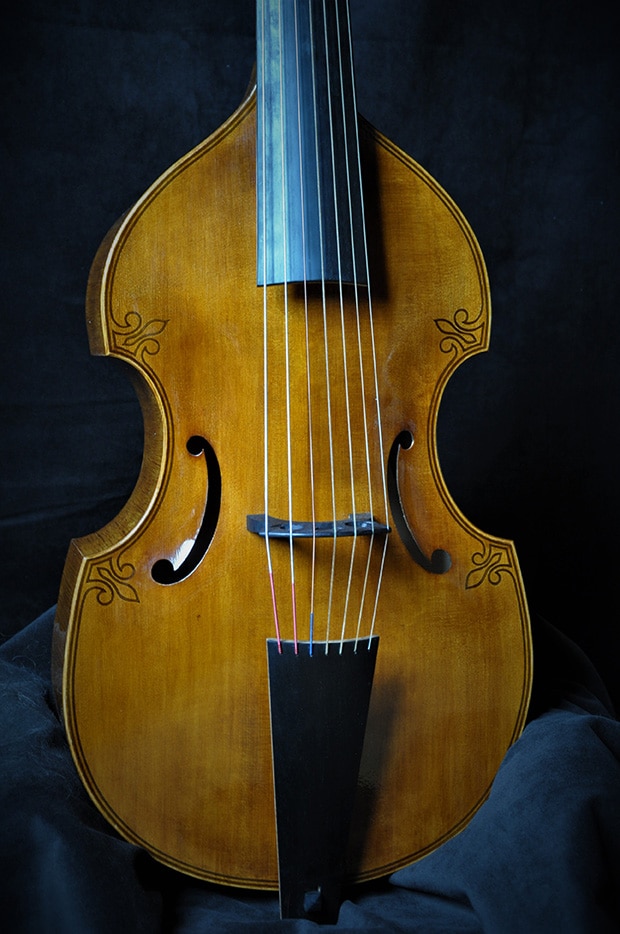
Viole de Gambe Luthier Gonon
To Members' Area About the Viol What is a viol? A viol (which rhymes with 'smile') is a bowed, fretted string instrument which typically has six strings. Viols come in many shapes and sizes but all are held vertically between the legs. Hence, the Italians called the instrument 'viola da gamba,' literally a 'leg fiddle'!
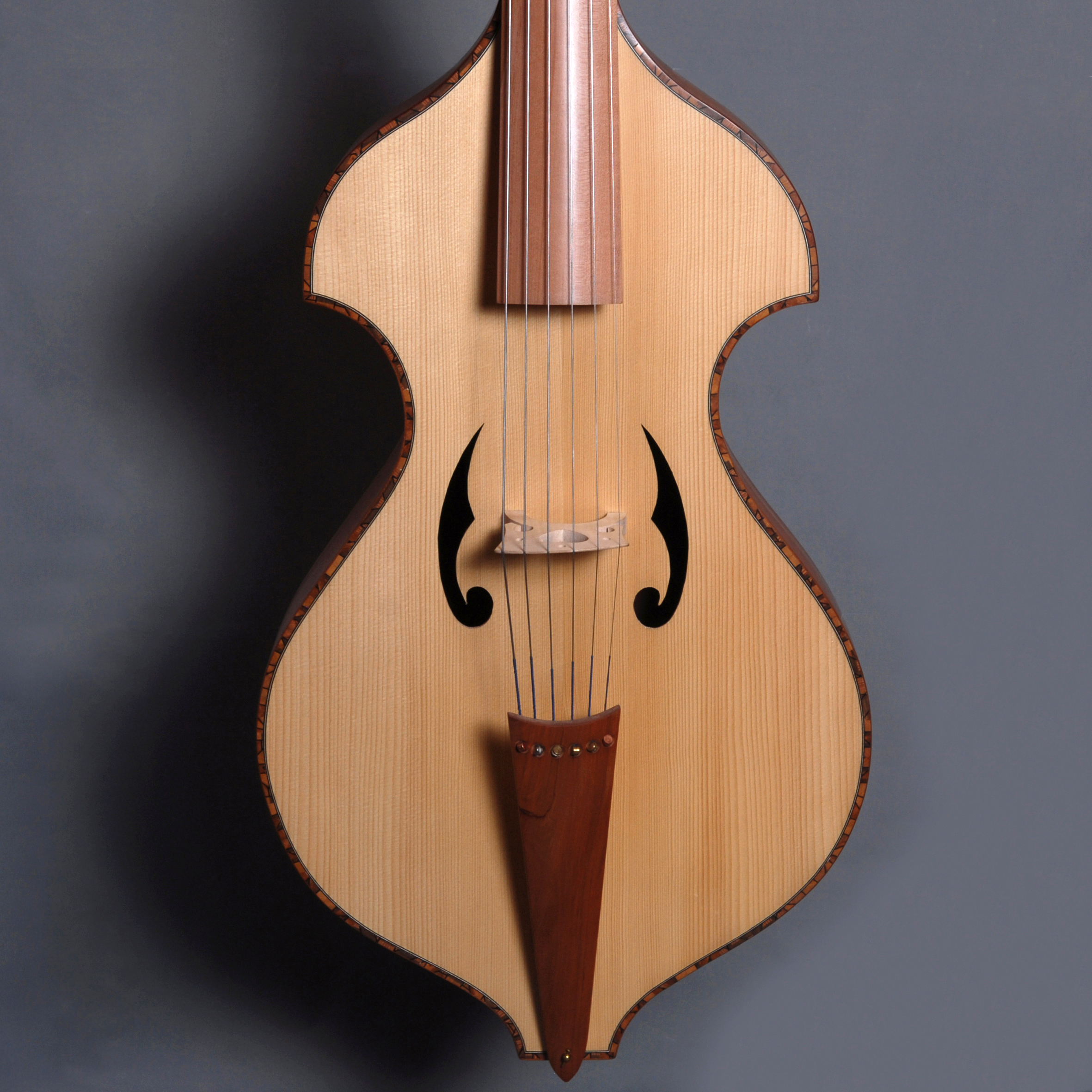
Viole de gambe Atelier de lutherie Philippe Berne
La viole de gambe peut être considérée comme un « luth à archet ». On la joue en la tenant sur les genoux, d'où son nom, venant de l'italien gamba qui signifie jambe. La famille des violes de gambe. La viole de gambe dérive du vihuela d'arco. Elle s'est d'abord développée en Espagne, puis a connu des heures de gloire en Italie.
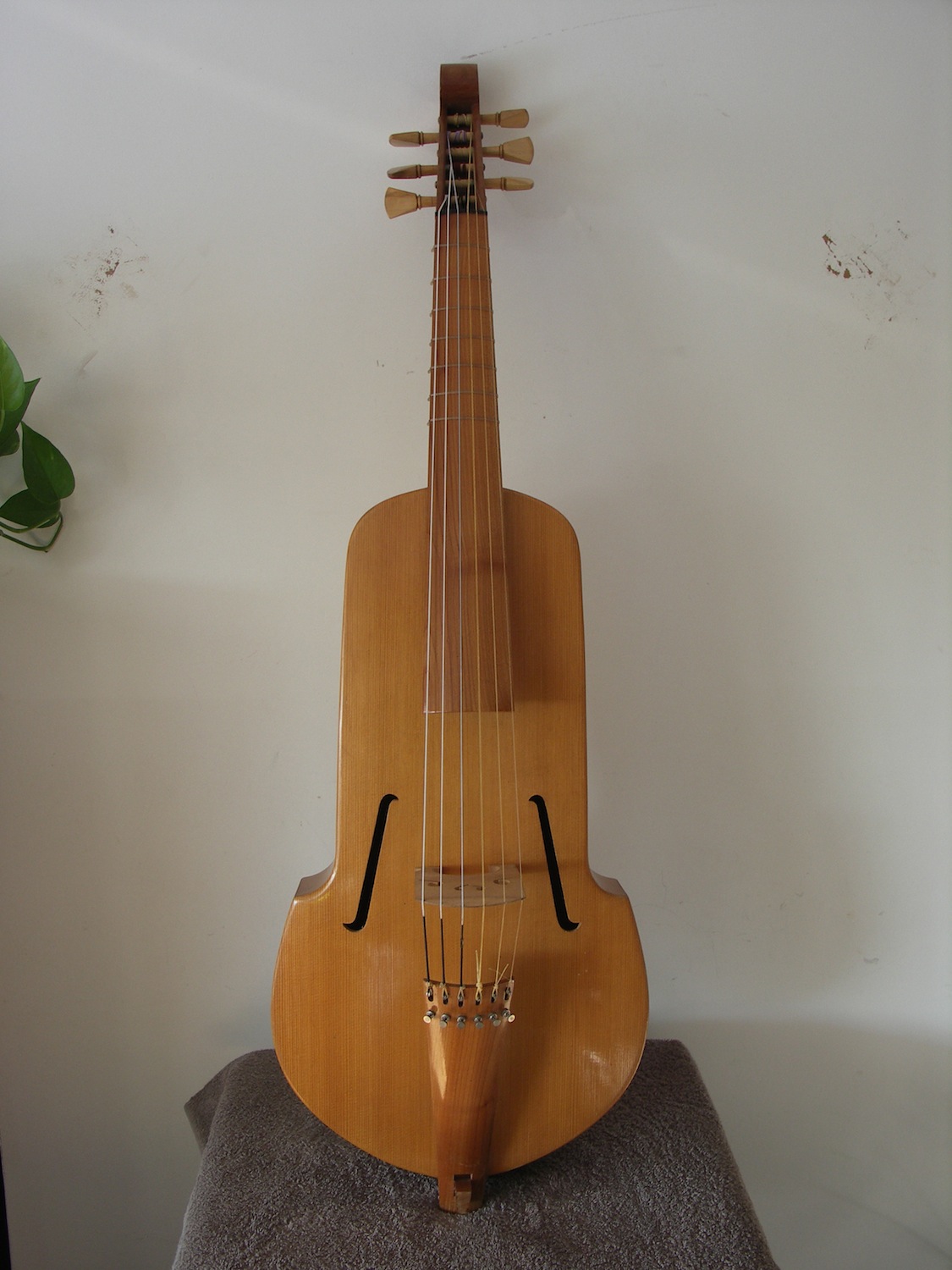
Viole de gambe ténor Wulf Fidel 1959 Tenor viol
The viol comes in three main sizes: treble, tenor, and bass. The most familiar of these is the bass, which is roughly the size of a cello. All the different sizes follow the same tuning pattern, similar to the guitar, where most of the strings are tuned a fourth apart from each other with a major third between the middle two strings: Other.

La VIOLE DE GAMBE «CristolDadi» (blog d'une élève du CRR Créteil)
The viola da gamba (viol or viole) began the baroque era as a consort instrument and maintained that role, especially in England, for several decades. In Italy, after the flowering of the viola bastarda (a small bass viol) from the late Renaissance, it was completely supplanted by the violin family.

Division Viol British The Metropolitan Museum of Art
The viol, with guitar-like frets on the neck and six or seven strings (many made of gut), is held between the legs (hence the Italian da gamba, of the leg) and bowed underhand. It is made in a variety of sizes, ranging from the pardessus, which plays in the range of the violin, to a double bass. The cello-size bass has a wide repertory of solo.
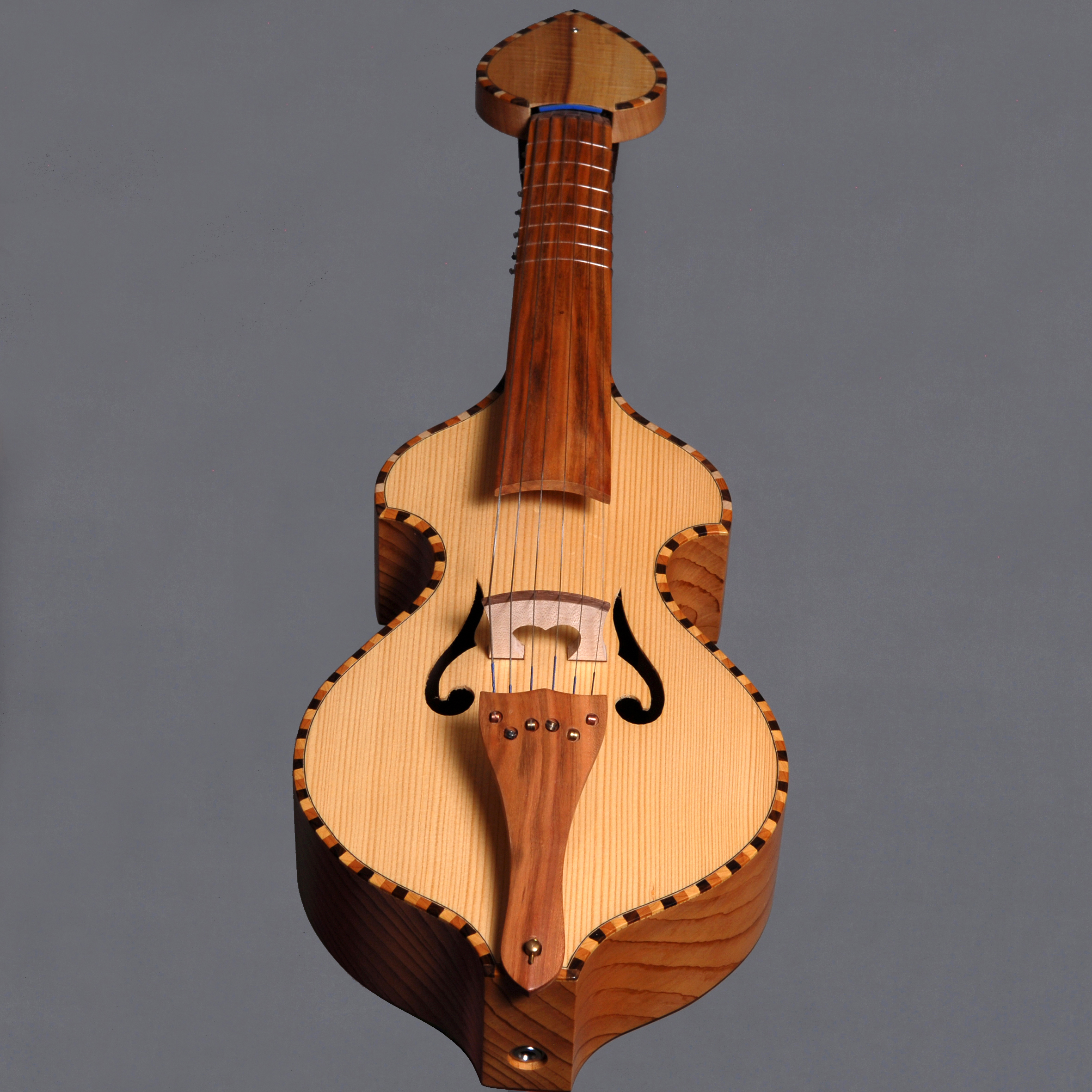
Viole de gambe Atelier de lutherie Philippe Berne
The Viola da Gamba is a stringed musical instrument that was popular in Europe during the Renaissance and Baroque periods. It is a fretted instrument that is played by resting it between the legs, hence its name "Viola da Gamba" which means "leg viol." The Viola da Gamba has a unique and warm sound that is often described as dark and rich.

Cordes frottées Viole de gambe Viole de gambe, Corde, Moderne
Learn more about the Viola da Gamba Society of America! Watch teaching videos, get sheet music, find information about local, international, and online workshops. Find other players and get involved in early consort music!

Viole de gambe Barak Normal et Joachim Tielke · Visitmuseum · Catalonia museums
7.6K Collage audio de pièces musicales de la Renaissance (XVIe siècle), du compositeur français Marin Marais ; 30 pièces interprétées à la viole de gambe (instrum.
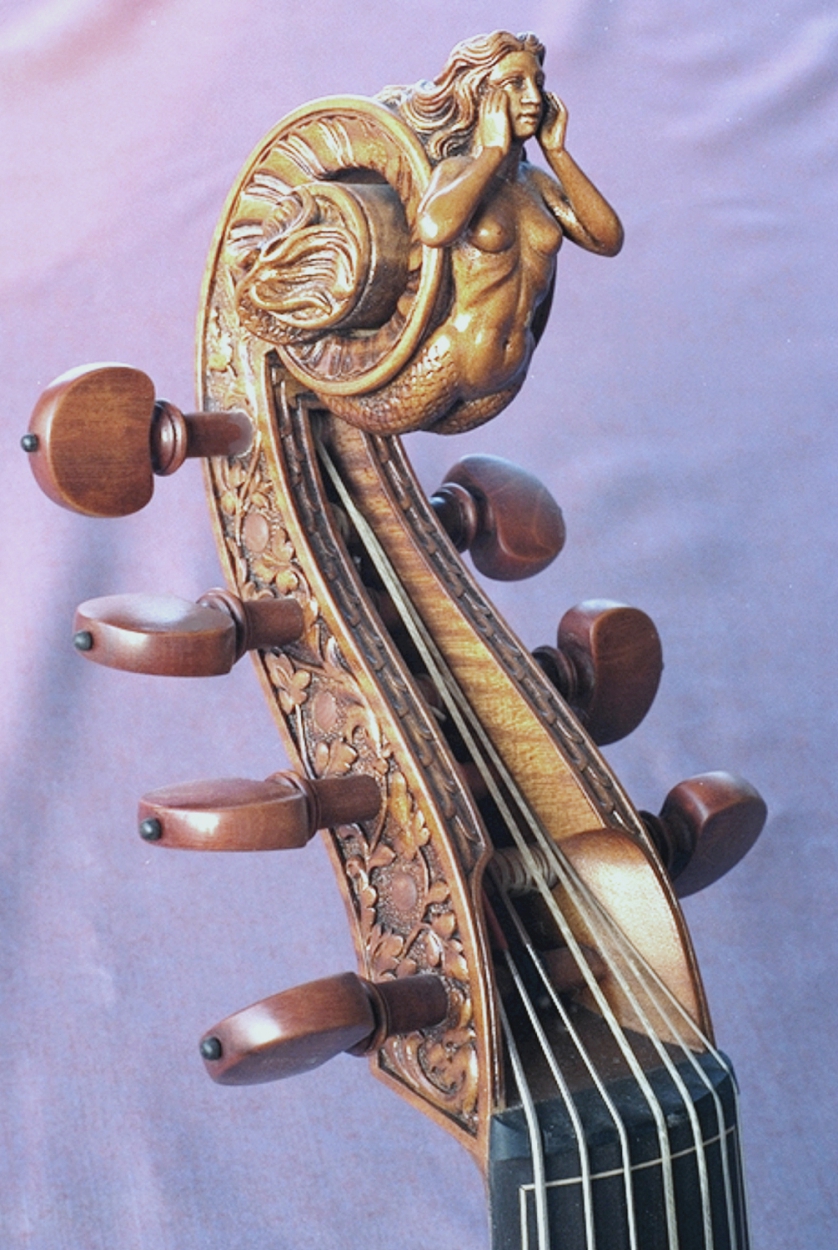
violon,violoncelle, viole de gambe, contrebasse, Philippe Joannes
Discover the 3 Sonatas for Viola da Gamba and Harpsichord, BWV 1027-1029, composed by Johann Sebastian Bach in the 18th century. These sonatas are among the finest examples of chamber music for this combination of instruments, and you can download the scores and listen to the recordings on IMSLP.
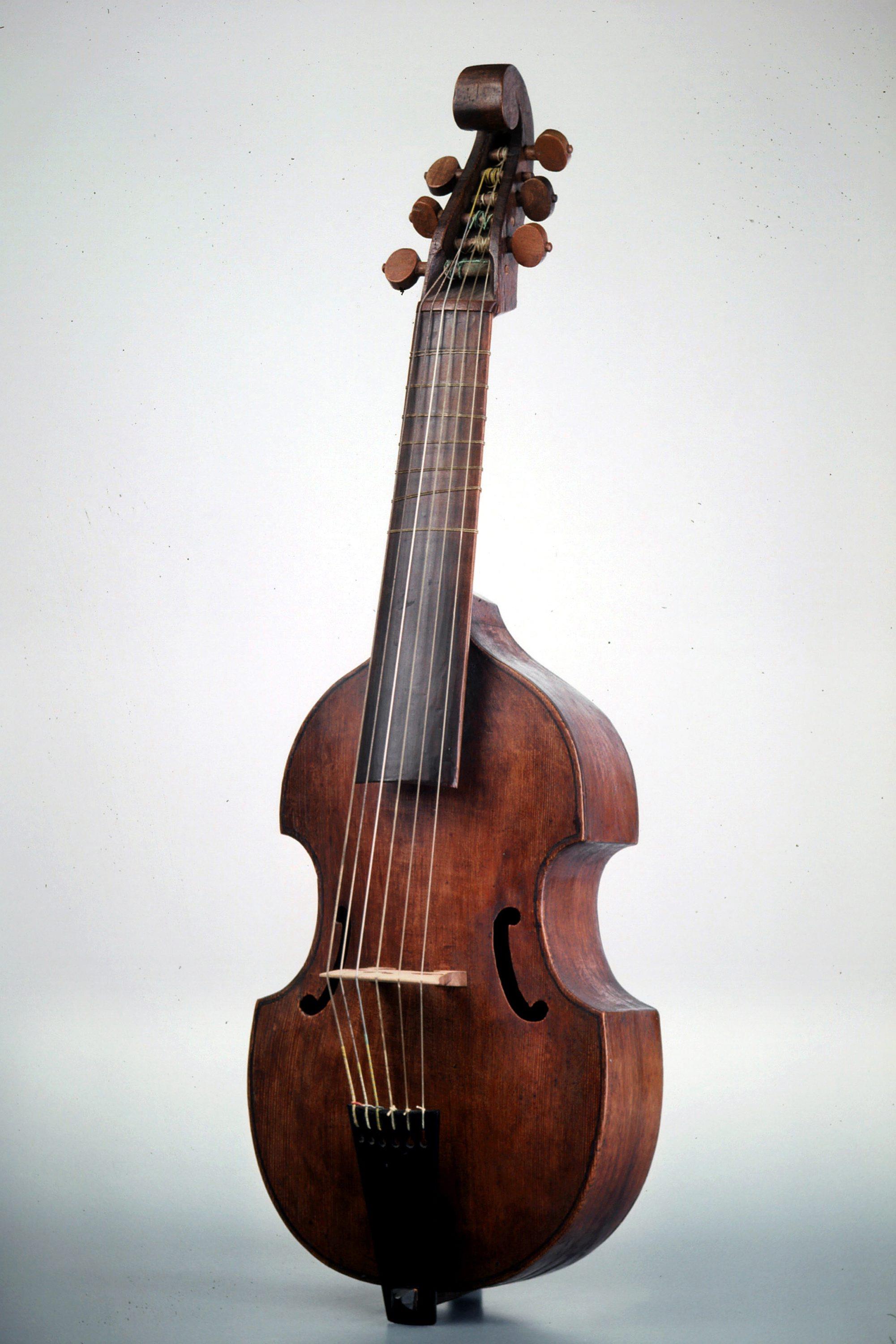
Catalogue de la Médiathèque Philharmonie de Paris Pôle ressources Ermes 2.0
The viola da gamba, or informally gamba, is a string instrument that is mostly used in music from the Renaissance and Baroque periods. The instrument also appears in some of Bach's music, such as.

Viole de gambe Luthfi BECKER à 7 cordes, faites Luthfi BECKER par dont elle porte l'étiquette
Learn the Viol is a webpage that offers resources and guidance for anyone who wants to play the viola da gamba, a Renaissance and Baroque string instrument. You can find videos, articles, music, and links to teachers and workshops that will help you discover the beauty and versatility of the viol. Whether you are a beginner or an advanced player, you will find something to inspire you on this.
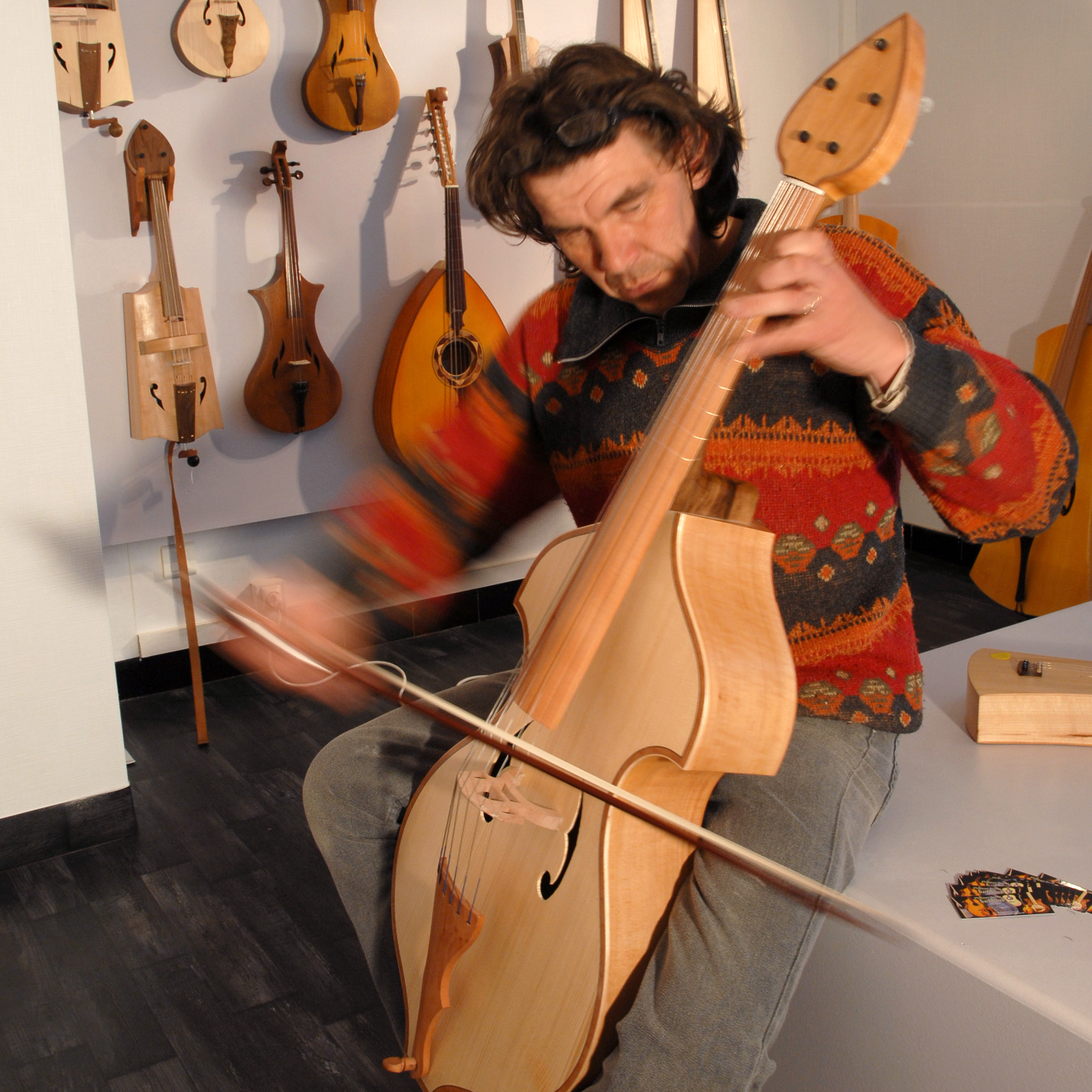
Viole de gambe Atelier de lutherie Philippe Berne
The viol ( / ˈvaɪəl / ), [1] viola da gamba [a] ( Italian: [ˈvjɔːla da (ɡ)ˈɡamba] ), or informally gamba, is any one of a family of bowed, fretted, and stringed instruments with hollow wooden bodies and pegboxes where the tension on the strings can be increased or decreased to adjust the pitch of each of the strings.
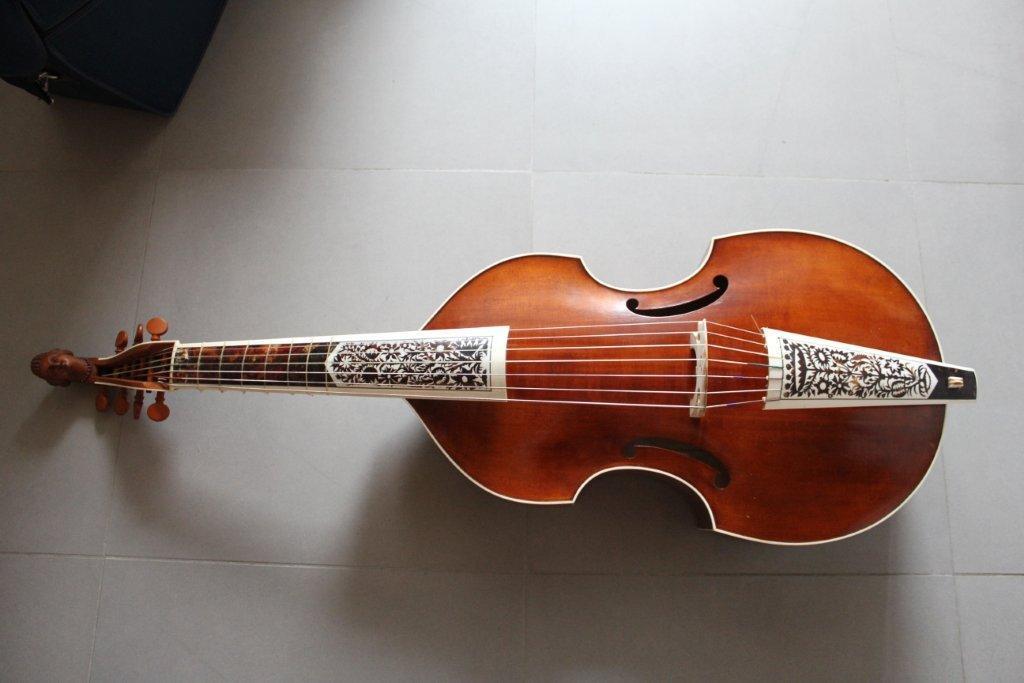
Viole de gambe de F. Bodart copie de J. Tielke Schaerbeek (1030)
Other articles where viola da gamba is discussed: viol:.normal-sized solo bass viol, or viola da gamba (the name became synonymous with the bass viol as the other viols fell into disuse), was used in the instrumental forms of the Baroque period. Solo bass-viol playing continued in Germany and France into the 18th century. Elsewhere the bass viol survived…

Violes de gambe Charette & Cossette
The viol , viola da gamba ˈɡamba]), or informally gamba, is any one of a family of bowed, fretted, and stringed instruments with hollow wooden bodies and pegboxes where the tension on the strings can be increased or decreased to adjust the pitch of each of the strings. Frets on the viol are usually made of gut, tied on the fingerboard around the instrument's neck, to enable the performer to.

FileViole de gambe MG 2081.jpg
From the very first notes, it is clear that Bach wrote the Sonata for viola da gamba in D major, performed here by Mieneke van der Velden and Benjamin Alard.